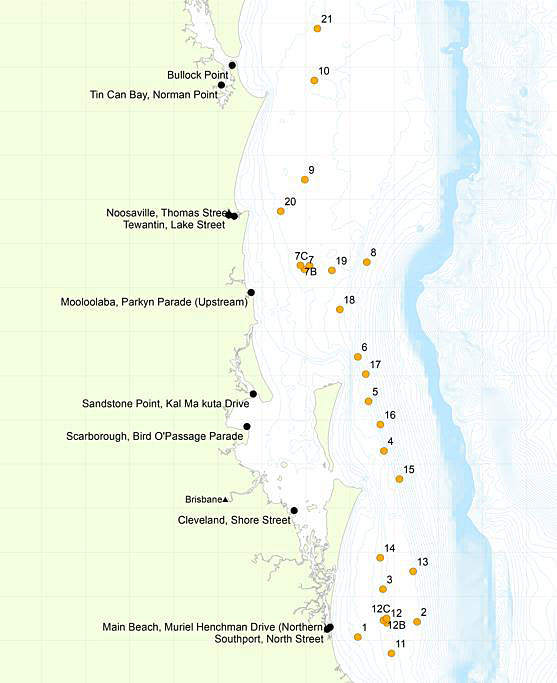Fish aggregating devices
Fish aggregating devices (FADs) are human-made structures anchored offshore that attract fish, making them easier to catch.
We established the FADs program to:
- enhance fishing in Queensland
- help reduce the fishing pressure on overfished snapper and pearl perch stocks.
This was an action under the Sustainable Fisheries Strategy.
Monitoring
The boat ramp survey includes 2 FAD questions at ramps where the FADs can be accessed, to help determine:
- the proportion of offshore trips that fish within 500m of a FAD
- the long-term effort and catch trends at the FADs at those ramps.
Fishers can help monitor fish numbers around the FADs by providing details of their recreational fishing trips.
2019–2021 survey
Between December 2019 and October 2021, we surveyed recreational fishers to assess:
- awareness of the FADs program
- recreational fishing activity around the surface FADs
- recreational fisher satisfaction in relation to fishing around the surface FAD
- if any recreational fishing effort had shifted away from snapper and pearl perch since the introduction of the FADs.
A total of 1,243 interviews of recreational fishers were conducted at the 10 boat ramps.
The number of FAD fishers interviewed was affected by the COVID-19 lockdowns. Not all public access points were sampled and some recreational fishers used private pontoons/ramps and marinas.
The results show that nearly half of recreational fishers who fished the South East Queensland surface FADs reported a direct reduction in their snapper and pearl perch fishing.
Of the fishers interviewed:
- 69% fished offshore, and of these offshore fishers:
- 24% fished the FADs
- 56% fished for snapper
- 12% fished the FADs and for snapper
- average fishing time at the FADs was 48 minutes
- median fishing time at the FADs was 60 minutes.
Locations
This map shows:
- surface FAD locations (yellow dots)
- boat ramps at which FAD surveys were conducted (black dots).
© Queensland Government
Awareness
In 2019, 63% of all fishers interviewed were aware of the FADs.
This awareness increased to 81% in 2021, with less than 10% of offshore fishers not aware of the FADs.
Fishing activity
Prior to March 2020, FAD fishers had only fished at one FAD on their fishing trips.
From June 2020, 33% fished at multiple FADs on their fishing trips.
The Gold Coast FADs were fished the most (55%), followed by:
- Brisbane (29%)
- Sunshine Coast (16%)
- Wide Bay FADs ( less than 1%).
FAD 1 was fished the most (18.6%), followed by:
- FAD 12s (18.2%)
- FAD 6 (12%)
- FAD 7s (8.9%)
- FAD 3 (7.8%)
- FAD 17 (7.4%).
Satisfaction
Overall, recreational fishers were satisfied with the FADs program and planned to fish the FADs in the future. These results are similar to the reported fishing behaviour at the FADs from charter fishing operators.
Of the FAD fishers:
- 91% were satisfied with the FAD locations — 97% of those fishers said they planned to fish the FADs in the future and the remaining 3% did not answer the question
- 51% were satisfied with the available space to fish at the FADs (as a result of other boats fishing the FADs)
- 40% said they would have fished for snapper and pearl perch if the FADs were not there.
Species
Mahi mahi were the most prominent species of fish caught around the FADs, representing 49% of the catch.
Other species caught included:
- yellowtail kingfish
- wahoo
- cobia
- black marlin
- spotted mackerel
- Spanish mackerel
- tailor
- trevally
- venus tuskfish
- snapper
- pearl perch
- unspecified cod species
- unspecified shark species.
The presence of demersal species in the catch composition is likely due to some fishers fishing close to the bottom on the reef around the FADs. Catch was recorded within 500m of a FAD. The majority of surface FADs in South East Queensland are deployed on the reef lines to avoid other user groups, particularly the commercial trawl fishery. These reef areas have historically supported catches of demersal fish species.
